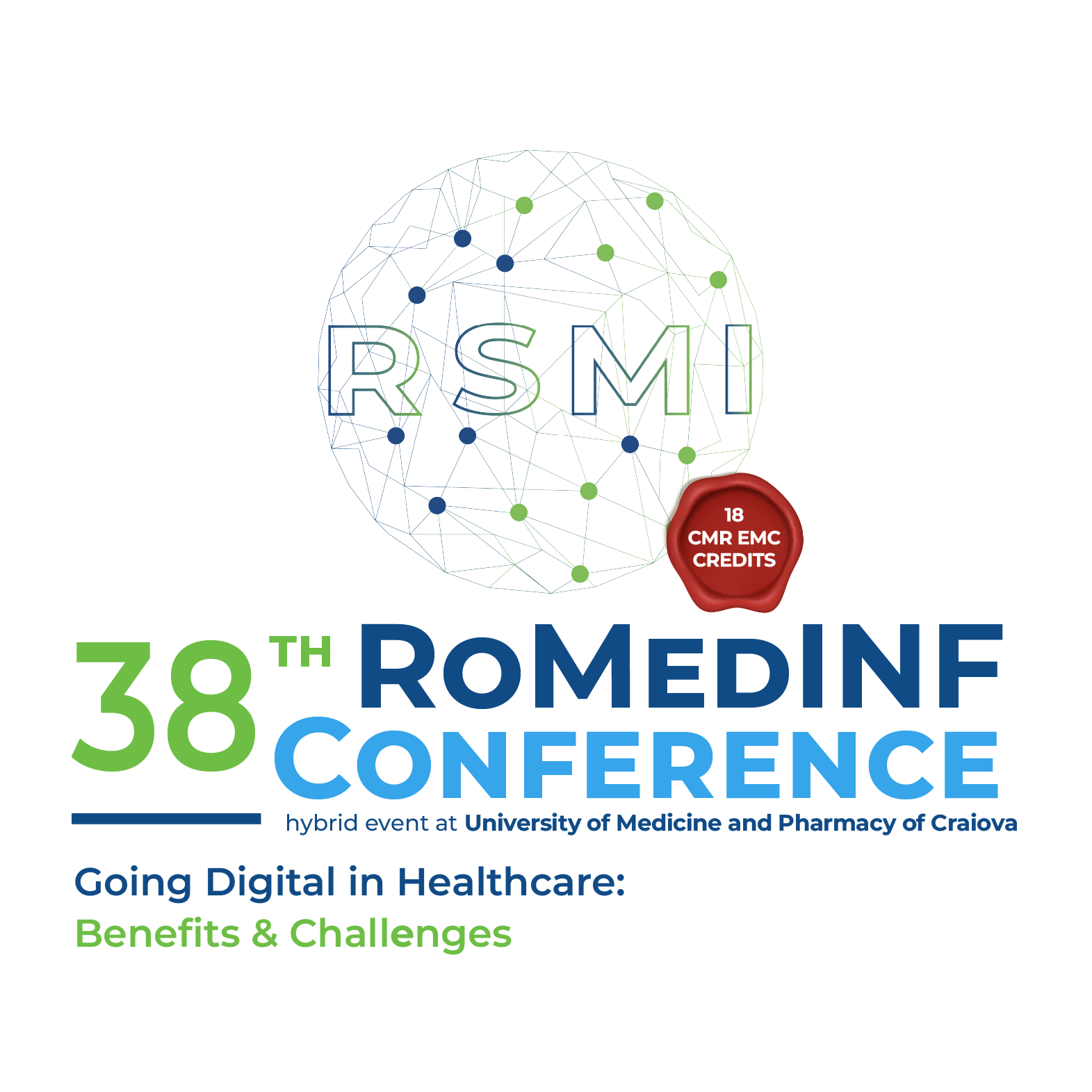Efficient Storage Management of Optical Coherence Tomography Images using Zero-Shot Noise2Noise and a Custom Convolutional Neural Network
Keywords:
Optical Coherence Tomography (OCT), Zero-Shot Noise2Noise, Convolutional Neural Network, Image ProcessingAbstract
Optical Coherence Tomography (OCT) produces high-resolution images that are critical for the diagnosis of ocular conditions. However, their large file sizes and high-resolution pose challenges for training convolutional neural networks (CNNs) to detect various diseases. To address this, we propose compressing OCT images using a denoising technique while preserving their diagnostic value. Our goal was to optimize storage usage and improve the efficiency of the CNN model in disease detection using compressed images. We employed the Zero-Shot Noise2Noise (ZS-N2N) denoising technique for image processing and a CNN for image classification. ZS-N2N is a denoising approach that can learn from OCT images without requiring clean reference images, effectively reducing noise and smoothing the images. The processed images were reduced to approximately one-third of their original file size (from ~100 KB to ~36 KB) while maintaining high structural similarity and visual clarity. Our experiment compared the performance of a binary classification model using both processed and unprocessed images from the Optical Coherence Tomography Dataset for Image-Based Deep Learning (OCTDL) dataset. When trained on unprocessed images, the model achieved 96% accuracy and took about 51 seconds to process and evaluate the test images. In comparison, the model trained on processed images achieved 91% accuracy and took about 42 seconds, demonstrating improved processing efficiency. Our results encourage further development of a classification model that leverages denoised and smoothed images with reduced storage size, balancing both accuracy and computational efficiency.
Downloads
Published
How to Cite
Issue
Section
License
Copyright (c) 2025 Alexandru-Robert FARCAŞ, Radu-Constantin FLEŞAR, Todor IVAŞCU, Sebastian-Aurelian ŞTEFĂNIGĂ

All papers published in Applied Medical Informatics are licensed under a Creative Commons Attribution (CC BY 4.0) International License.

